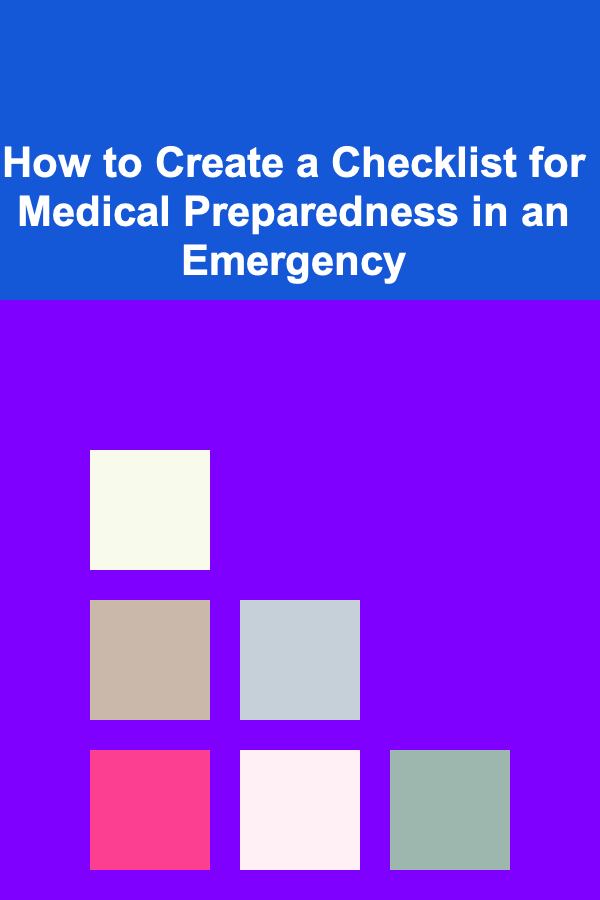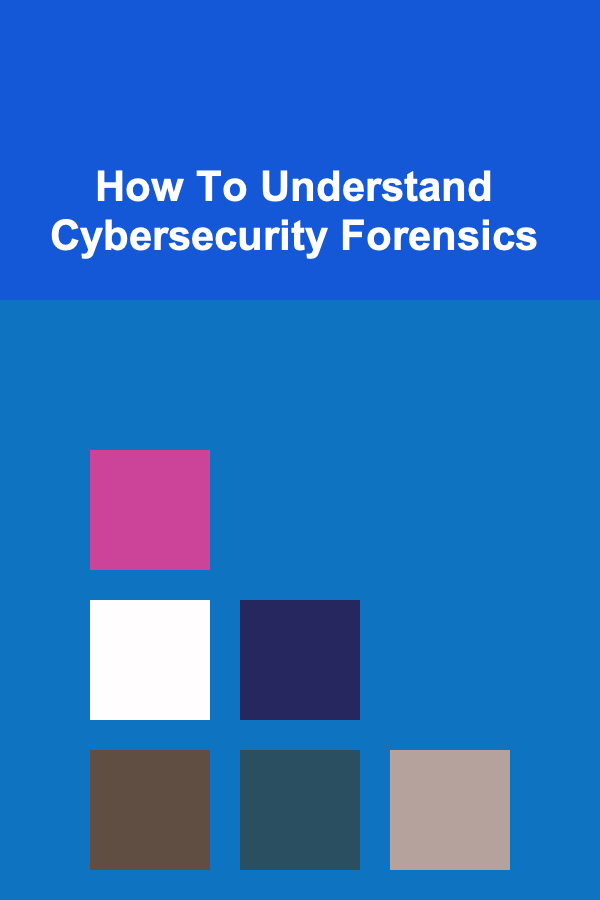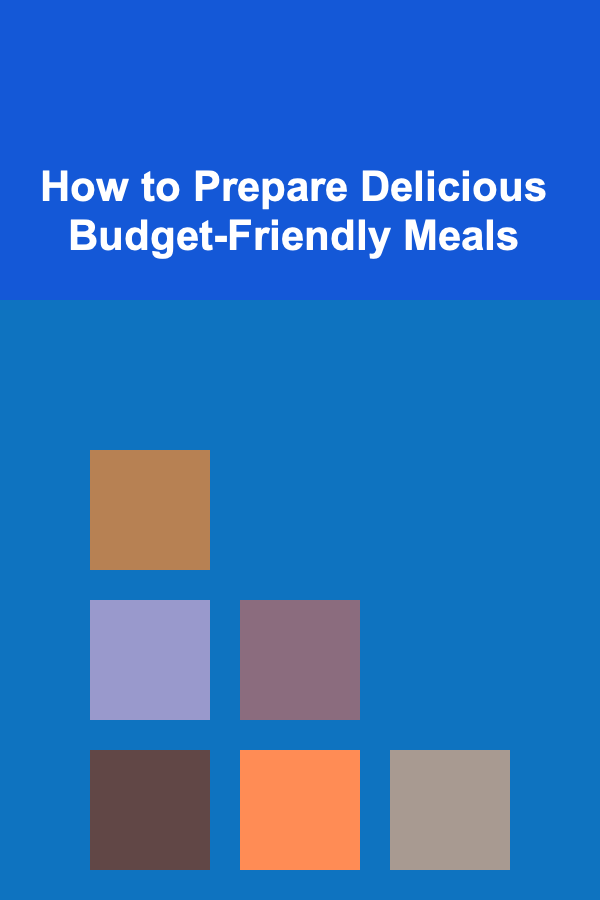
How to Create a Checklist for Medical Preparedness in an Emergency
ebook include PDF & Audio bundle (Micro Guide)
$12.99$5.99
Limited Time Offer! Order within the next:

Emergencies can happen at any time, and when they do, having a well-thought-out medical preparedness plan can make a significant difference in how quickly and effectively you respond. Whether it's a natural disaster, a car accident, or a medical crisis, the ability to act swiftly and confidently can save lives. One of the most important tools in preparing for such situations is a comprehensive medical checklist. This guide will walk you through the steps of creating a medical preparedness checklist that ensures you're ready for an emergency, offering actionable tips for both individuals and families.
Why Is Medical Preparedness Important?
Medical preparedness is about anticipating potential health and injury-related emergencies and ensuring you have the resources and knowledge needed to respond effectively. When an emergency strikes, time is often of the essence. A well-prepared medical checklist can help you stay organized, reduce panic, and ensure that all necessary medical supplies and protocols are in place.
Benefits of Medical Preparedness
- Timely Response: A checklist ensures you know exactly what to do, helping you act quickly without hesitation.
- Peace of Mind: Knowing you are prepared can reduce anxiety in stressful situations.
- Reduced Risk: In emergencies, the right tools and actions can prevent complications or worsening of conditions.
- Self-Sufficiency: In cases where help may be delayed, being prepared allows you to handle situations independently until professional assistance arrives.
Steps to Create a Medical Preparedness Checklist
Creating a medical preparedness checklist requires careful thought and consideration. It's essential to account for both immediate medical needs and long-term health management. Below are key steps you can follow to create your own checklist.
Step 1: Identify Potential Emergencies
The first step in building your checklist is to assess the types of emergencies that are most likely to occur in your area or personal situation. This helps you prepare for the most probable scenarios.
- Natural Disasters: Earthquakes, floods, hurricanes, tornadoes, wildfires.
- Medical Emergencies: Heart attacks, strokes, allergic reactions, diabetic emergencies, broken bones, or bleeding.
- Infectious Diseases: Flu, COVID-19, or other contagious illnesses.
- Accidents: Car accidents, falls, or injuries during physical activities.
- Family-Specific Risks: Consider any pre-existing conditions, such as asthma, epilepsy, or allergies, which may require specialized attention.
Once you identify the potential emergencies, think about the immediate medical needs they might create, including first-aid treatment, medications, and other medical interventions.
Step 2: Gather Essential Medical Supplies
After understanding the types of emergencies you might face, it's time to gather the essential medical supplies you'll need. A well-stocked medical kit is vital for immediate care.
Here's a breakdown of what to include:
Basic First-Aid Supplies
- Adhesive bandages (various sizes) for small cuts and abrasions.
- Gauze pads and bandage rolls for covering larger wounds or absorbing blood.
- Antiseptic wipes or solution to clean wounds.
- Elastic bandages (e.g., ACE bandages) for sprains or strains.
- Scissors for cutting bandages or tape.
- Tweezers for removing splinters or foreign objects.
- Thermometer to check body temperature in case of fever.
Medications
- Pain relievers such as aspirin, ibuprofen, or acetaminophen for managing pain.
- Antihistamines (like Benadryl) for allergic reactions or insect stings.
- Antibiotic ointment (like Neosporin) to prevent infection.
- Aspirin for suspected heart attacks (if advised by a doctor).
- Epinephrine auto-injectors for severe allergic reactions (if you or someone in your family has allergies).
- Personal medications for chronic conditions (e.g., inhalers for asthma, insulin for diabetes, etc.).
Advanced First-Aid Items
- Tourniquets for severe bleeding.
- Burn treatment gels or dressing for minor burns.
- Splints for immobilizing broken bones.
- CPR face shields or masks for performing CPR safely.
- Eye wash or saline solution for flushing out debris or chemicals.
- Oxygen mask (if medically prescribed or if you have a supplemental oxygen supply).
Emergency Contact and Documentation
- List of emergency contacts (including family members, doctors, and local emergency services).
- Medical records (including allergies, chronic conditions, prescriptions, and vaccination records).
- Health insurance information for quick access during hospital visits.
- Do Not Resuscitate (DNR) orders or advanced directives if applicable.
Step 3: Prepare a Medical Emergency Plan
A checklist is incomplete without a clear medical emergency plan. A plan outlines how you will respond during a medical emergency, including who to contact, what steps to take, and how to manage specific medical conditions.
Key Elements of Your Medical Emergency Plan
- First-Aid Instructions: Have easy-to-follow first-aid instructions for common injuries or illnesses, like burns, cuts, sprains, and fainting.
- CPR Guidelines: Familiarize yourself with CPR steps, including the appropriate chest compression rate, depth, and rescue breathing techniques.
- Emergency Contact List: Create a list of emergency contacts, such as local hospitals, urgent care clinics, doctors, and nearby friends or family members who can assist.
- Evacuation Routes: If you're in a region prone to natural disasters, have a clear evacuation route and meeting point for your family or household.
- Local Resources: Include information about local emergency services, including poison control centers, pharmacies, and clinics, as well as any specialized medical assistance (e.g., dialysis centers or trauma hospitals).
Step 4: Customize for Family Members and Specific Needs
Different family members may have different medical needs. For instance, children, elderly individuals, or those with chronic conditions will require specialized care. Tailor your checklist to these needs:
- For Children: Ensure you have age-appropriate supplies, such as infant formula, diapers, child-sized bandages, and medications like infant acetaminophen or antihistamines.
- For Elderly Family Members: Include items like extra glasses, hearing aids, walking aids, and any specific medications they take.
- For Individuals with Chronic Conditions: People with diabetes, asthma, or heart conditions may require specialized medications, oxygen, or specific equipment. Be sure to include these in your checklist.
Step 5: Regularly Update Your Checklist
A checklist for medical preparedness is not a one-time task. You must regularly check, update, and replace expired items to ensure you're always ready for an emergency.
- Replace Expired Medications: Some medications and first-aid supplies have expiration dates. Regularly check and replace these.
- Review Emergency Contacts: Ensure contact information for family, friends, and healthcare providers is up to date.
- Revisit Your Emergency Plan: Adjust your plan as family situations or medical conditions change. This may include new medications, additional family members, or new health risks.
- Practice: Familiarize your family with the plan by practicing basic first aid and emergency response drills.
Step 6: Stay Informed
Staying informed is a critical aspect of medical preparedness. Knowledge of local health alerts, changes in weather conditions, and ongoing health crises (e.g., pandemics) can help you plan better for emergencies.
- Monitor Local News: Stay informed about weather conditions or local emergencies that may affect your area.
- Sign up for Alerts: Many regions have emergency alert systems for natural disasters or public health concerns. Signing up for these can provide you with real-time information.
Final Thoughts
Creating a medical preparedness checklist is an essential part of staying safe during an emergency. It helps ensure that you're ready for a wide range of situations, from minor injuries to life-threatening medical emergencies. By gathering essential medical supplies, preparing a comprehensive emergency plan, and tailoring the checklist to your specific needs, you can greatly increase your chances of handling a crisis effectively. Regularly updating your checklist and staying informed about potential risks will help ensure you are always ready to respond when an emergency arises.
Remember, in an emergency, every second counts. By preparing in advance, you can act quickly and confidently, making a real difference in how the situation unfolds.

Effective Budgeting Strategies to Take Control of Your Finances
Read More
How to Cut Unnecessary Expenses in Your Monthly Home Budget
Read More
How to Incorporate Modern Design Trends in Your Home Staging
Read More
How To Understand Cybersecurity Forensics
Read More
How to Prepare Delicious Budget-Friendly Meals
Read More
Finding Affordable Legal Services: A Comprehensive Guide
Read MoreOther Products

Effective Budgeting Strategies to Take Control of Your Finances
Read More
How to Cut Unnecessary Expenses in Your Monthly Home Budget
Read More
How to Incorporate Modern Design Trends in Your Home Staging
Read More
How To Understand Cybersecurity Forensics
Read More
How to Prepare Delicious Budget-Friendly Meals
Read More